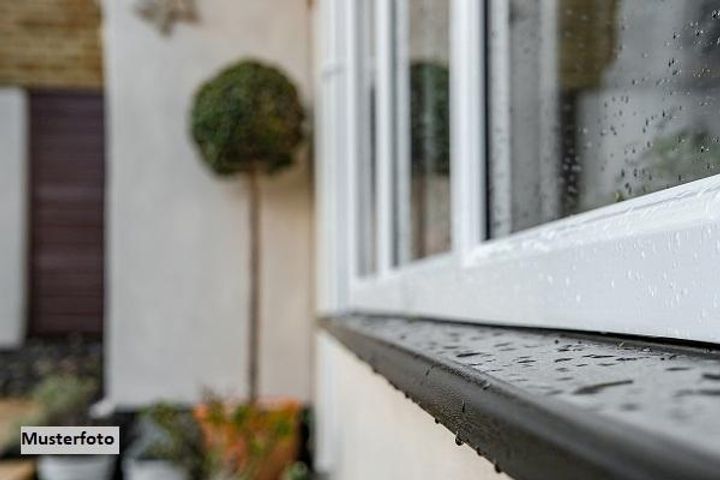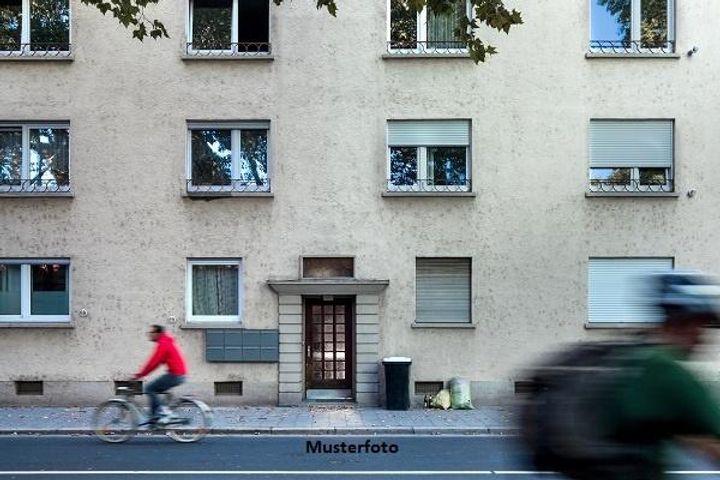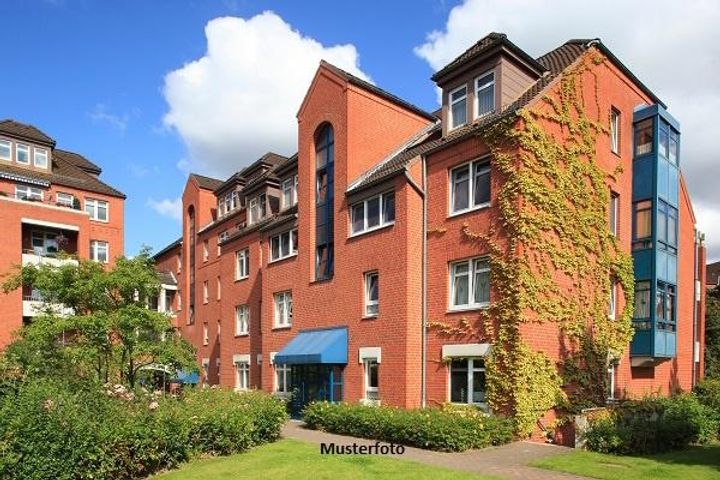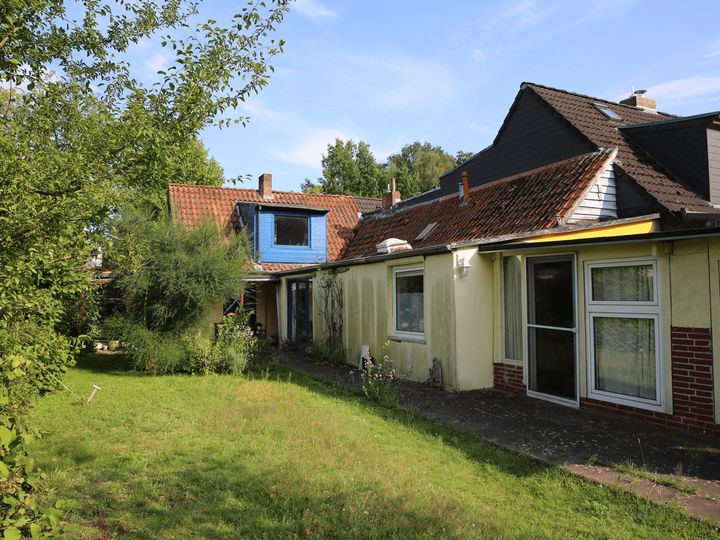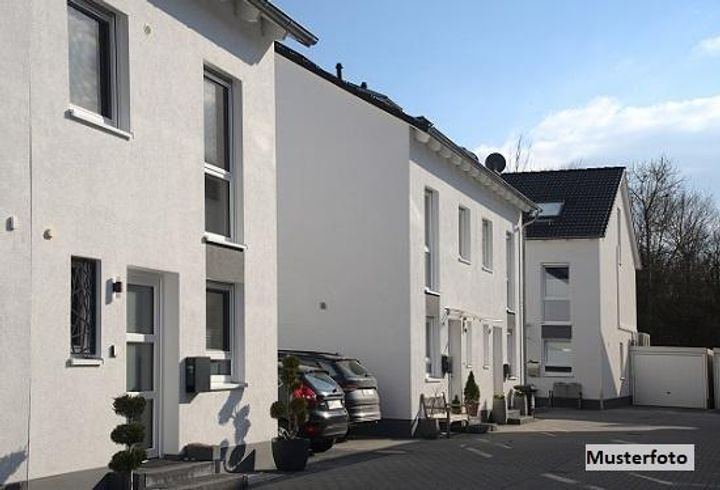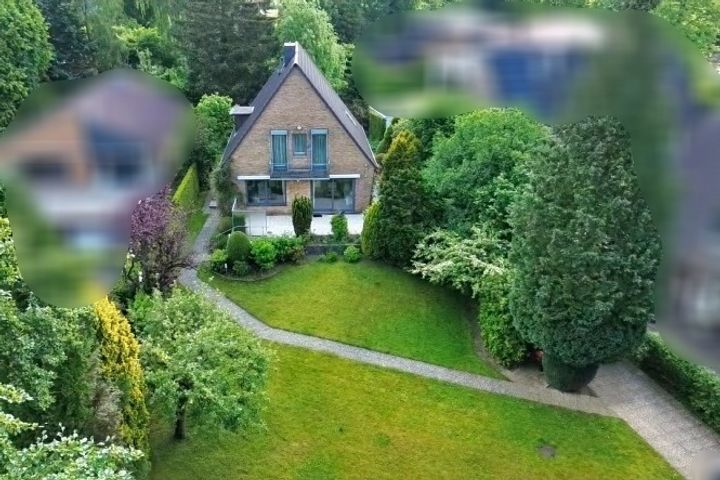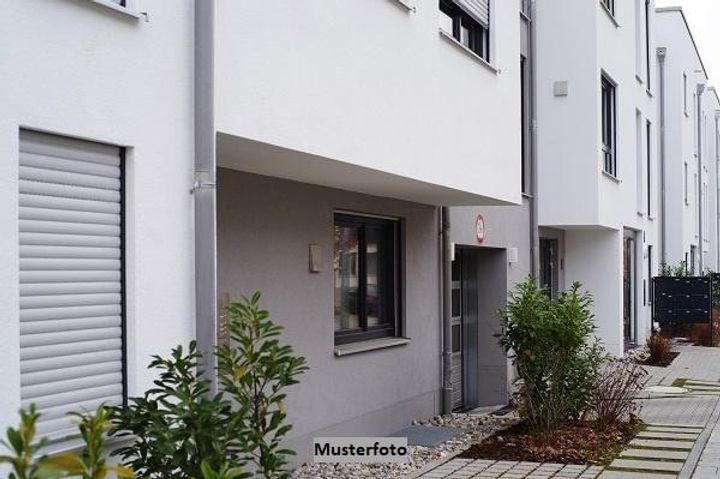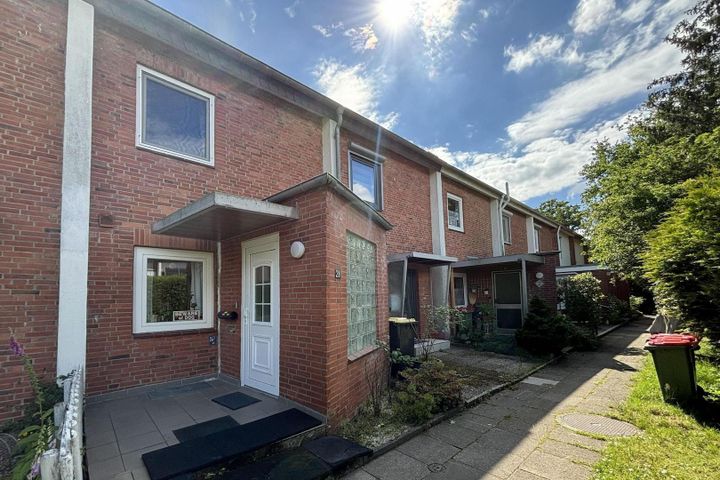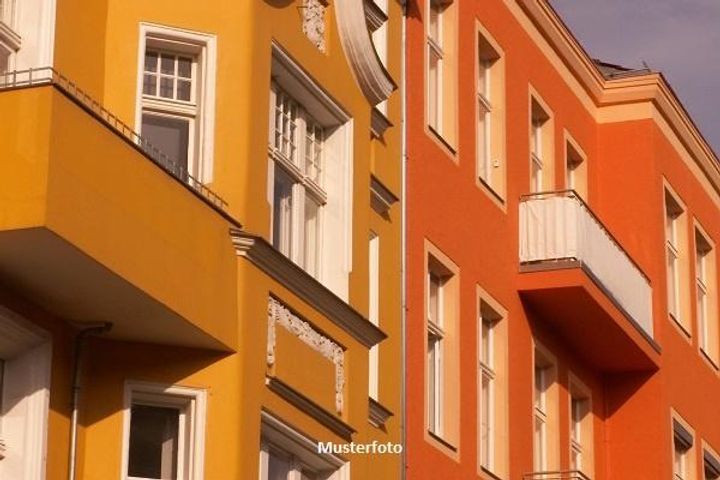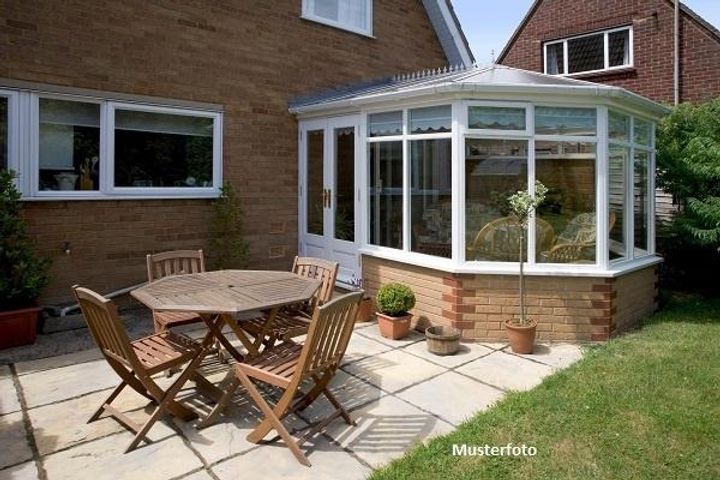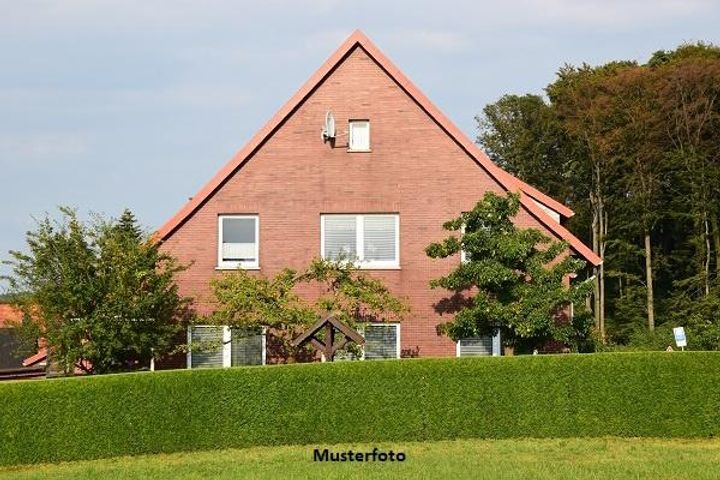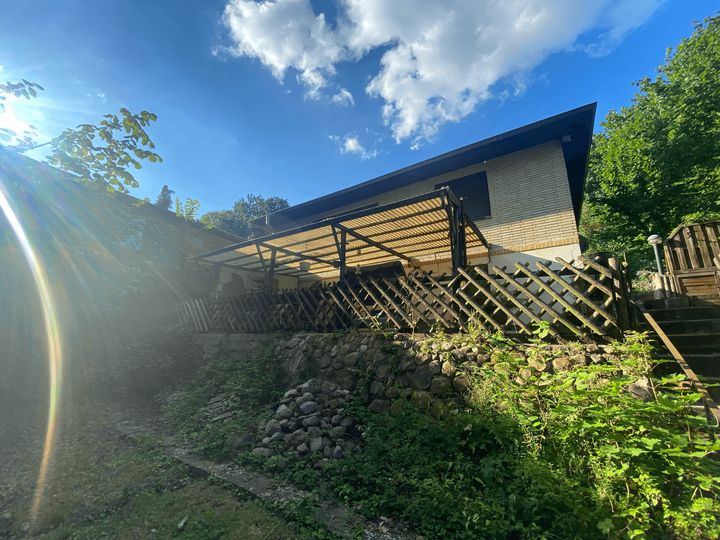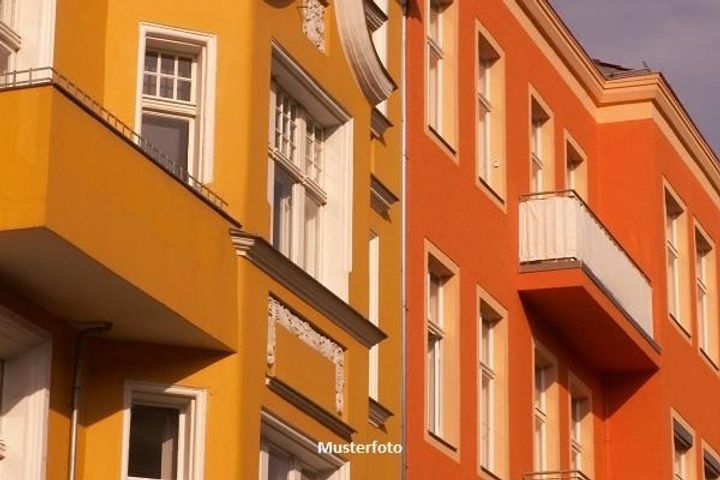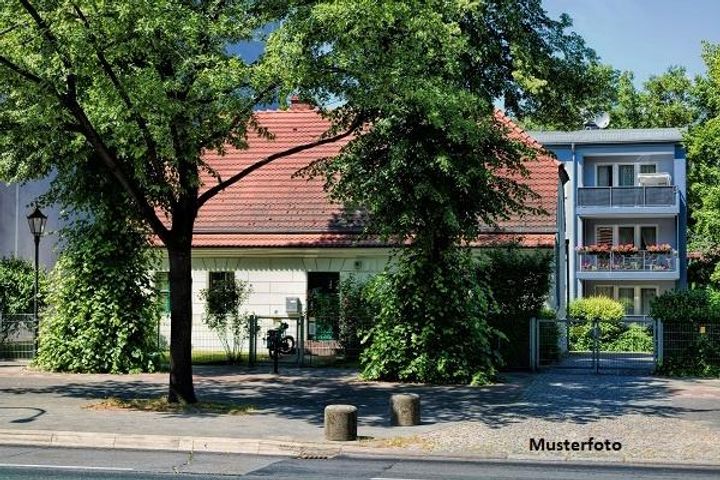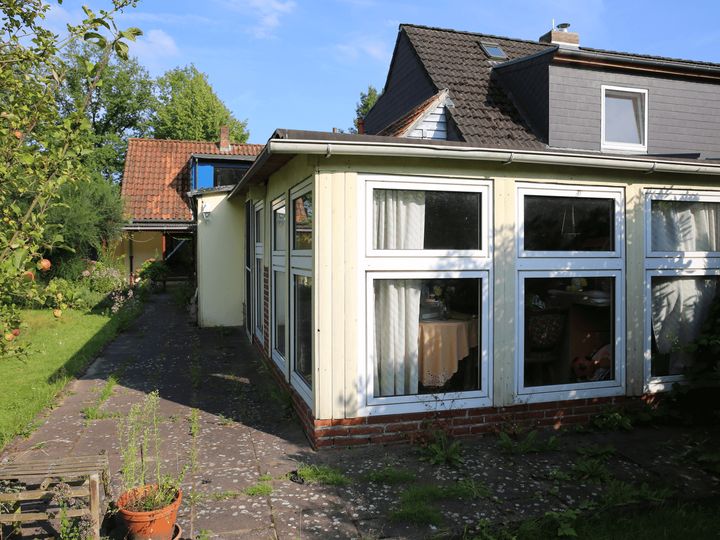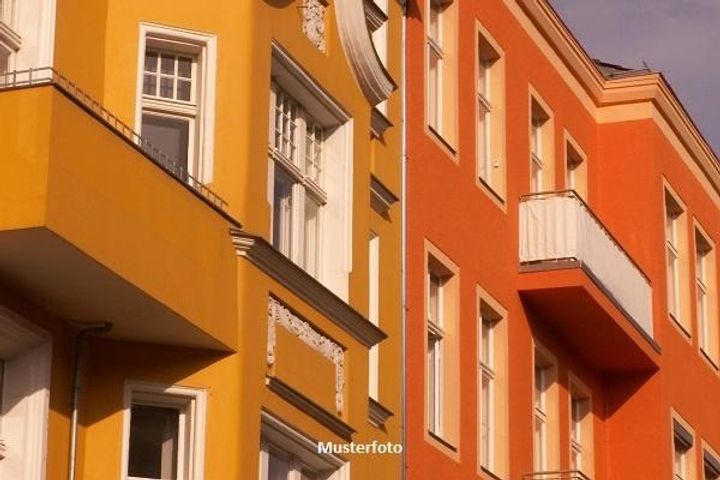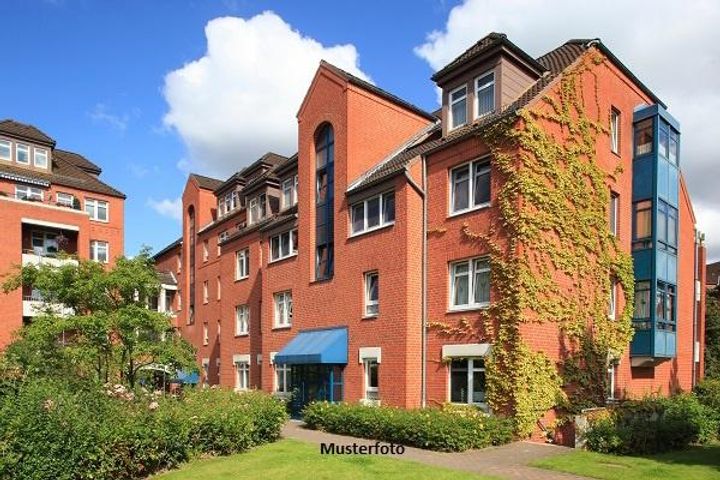Real estate prices in Hamburg are influenced by several key factors, including location, demand and supply dynamics, infrastructure development, and economic conditions. Neighborhoods such as Altona and Eppendorf, known for their vibrant atmosphere and proximity to the city center, command higher prices compared to less central areas like Harburg. The influx of young professionals and families to the city has increased demand, particularly for residential properties. Additionally, recent investments in infrastructure, such as the expansion of the U4 subway line, have made formerly less accessible districts more desirable, driving up property values. The overall economic health of Germany, along with job growth in sectors like technology and logistics, also plays a crucial role in shaping the real estate market, as a strong economy typically leads to increased purchasing power and a higher willingness to invest in property.
Hamburg Hamburg
Location
Price Range
Any price
Price Range
Minimum
No min
Maximum
No max
Property type
Show all
Property type
Show all
House
Apartment
Building
Other
Bedrooms
Any beds
Bedrooms
Minimum
No min
Maximum
No max
Surface Range
Any surface
Surface Range
Minimum
No min
Maximum
No max
Sale type
For sale
Sale type
Show all
To rent
For sale
Location
Apartments and houses for sale in Hamburg Hamburg
58 results
Recent
Hamburg Hamburg insights
| Aspect | Summary |
|---|---|
| Population | 1.85 million |
| Average Property Price | €4,500 per square meter |
| Rental Yield | 3.5% |
| Average Rent | €12 per square meter |
| Occupancy Rate | 92% |
| Capital Growth Rate | 5% annually |
| Property Tax | around 1% of property value |
| Transaction Costs | approx. 7% (including notary, registration, and stamp duty) |
| Expected ROI | 6.5% including rental yield and capital appreciation |
| Economic Growth Impact | Strong due to international trade and tech sector growth |
Hamburg Hamburg FAQ
What factors influence real estate prices in Hamburg?
How have real estate prices in Hamburg changed over the last few years?
Over the last few years, real estate prices in Hamburg have experienced a significant upward trend, largely driven by increasing demand and limited supply. Between 2019 and 2022, property prices in the city rose by approximately 15%, with some neighborhoods like HafenCity and Eppendorf seeing even steeper increases. For instance, in HafenCity, average prices per square meter reached €6,500, reflecting the area's ongoing development and desirability. The shift in work dynamics, particularly the rise of remote work, has led many individuals and families to seek larger living spaces, further intensifying competition in the market. Additionally, foreign investment has played a role, with international buyers attracted to Hamburg's robust economy and high quality of life, contributing to rising prices. Meanwhile, rental markets have tightened, with average rents increasing by about 10% during the same period, making it more challenging for residents to find affordable housing.
What is the average price per square meter for homes in Hamburg?
The average price per square meter for homes in Hamburg varies significantly based on the district and type of property. As of late 2023, prices in central areas, such as HafenCity and Eppendorf, can reach upwards of €6,000 to €8,000 per square meter, driven by demand for modern amenities and proximity to the city center. In contrast, neighborhoods like Wilhelmsburg and Billstedt present more affordable options, with prices averaging around €3,000 to €4,000 per square meter. The variation extends even further when considering the type of property; newly constructed apartments generally command higher prices compared to older buildings that may require renovations. Additionally, the rapid development and gentrification in some areas have led to a significant rise in prices over recent years, impacting buyers’ budgets and investment strategies.
Are there specific neighborhoods in Hamburg where prices are rising faster?
In Hamburg, specific neighborhoods are experiencing faster price increases due to various factors such as urban development and demand for housing. The HafenCity area, once a derelict port zone, has transformed into a vibrant district with upscale apartments, cultural venues, and waterfront dining, leading to soaring property prices. Similarly, areas like Eimsbüttel and Ottensen are also seeing rapid growth, driven by their appealing amenities and proximity to the city center. Eimsbüttel, known for its charming architecture and parks, has become particularly desirable among young families and professionals, pushing up rental rates. In contrast, the reinvigorated St. Pauli, famous for its nightlife, is attracting a younger crowd, resulting in increased demand and rising prices. Additionally, neighborhoods closer to the Alster, such as Winterhude and Uhlenhorst, are witnessing heightened interest from affluent buyers, further elevating the real estate market in those areas.
How do property taxes affect real estate prices in Hamburg?
Property taxes in Hamburg, like in many urban areas, play a significant role in influencing real estate prices. Higher property tax rates can deter potential buyers, as increased costs may lead to reduced demand for homes. For example, if the municipal government raises property taxes to fund public services, homeowners may face higher monthly expenses, which could make them reluctant to invest in or upgrade their properties. Conversely, lower property taxes might encourage real estate investment, as buyers perceive a more attractive financial environment. To illustrate, areas within Hamburg that have lower tax rates, such as certain neighborhoods in Altona, often attract younger families and individuals seeking affordable housing options, potentially driving up demand and prices in those regions. On the other hand, districts like Eimsbüttel, which have seen significant tax increases, may experience a slowdown in price growth as prospective buyers weigh the long-term financial implications of higher taxes against their purchasing decisions.
What are the trends in rental prices for properties in Hamburg?
Rental prices in Hamburg have been on an upward trajectory in recent years, reflecting a strong demand for housing amid a growing population. Between 2020 and 2023, average rents increased by approximately 10%, with specific districts like Winterhude and Eppendorf witnessing some of the highest prices. For instance, in Winterhude, average monthly rents for a two-bedroom apartment now hover around €1,600, while in the more affordable neighborhoods like Harburg, the same type of apartment may cost around €1,200. The influx of young professionals and students has also pressured the market, particularly near universities and tech hubs, where the rental prices are higher due to proximity to amenities and employment opportunities. Additionally, the competition for homes in areas near public transport has driven rents up; apartments with easy access to the U-Bahn can see premiums of 15% or more compared to similar properties a few blocks away.
How does the economy impact real estate prices in Hamburg?
The economy significantly influences real estate prices in Hamburg through various factors such as employment rates, migration trends, and local investment. For instance, a robust job market, particularly in the logistics and technology sectors, attracts a youthful, professional demographic, increasing demand for housing. The city's position as a major port fosters international trade, leading to economic growth and an influx of workers from abroad, which further drives up property values. Additionally, developments like the HafenCity project, which transforms former docklands into a vibrant mixed-use district, illustrate how urban regeneration efforts can enhance property prices by boosting local amenities and attractiveness. Furthermore, interest rates and housing financing options set by the European Central Bank also play a crucial role; lower rates often lead to increased purchasing power for both first-time buyers and investors, thereby escalating demand and prices.




